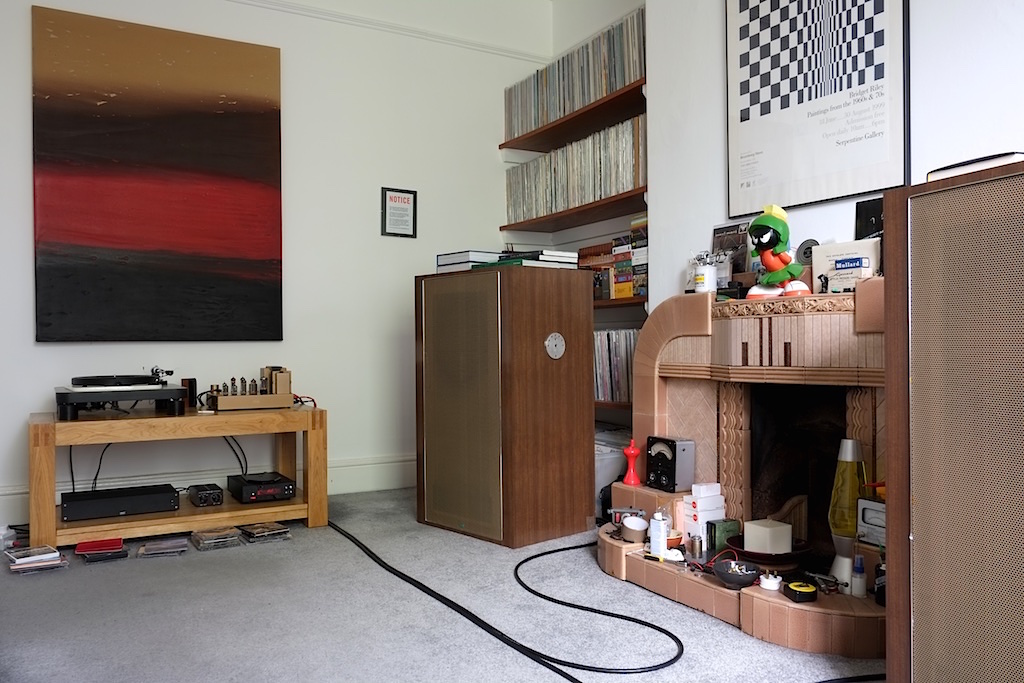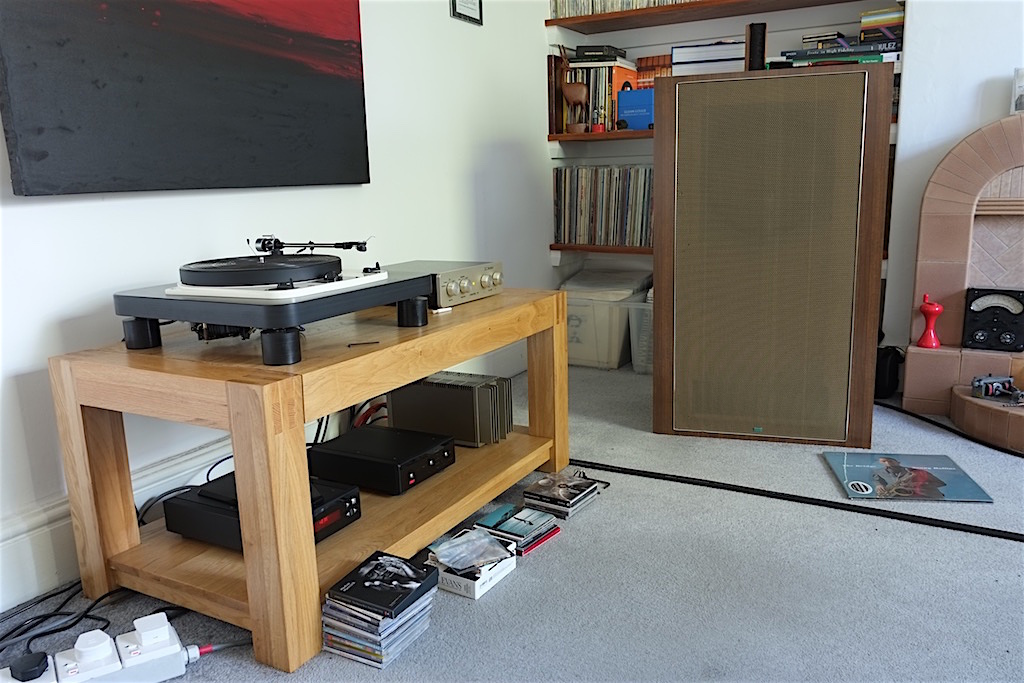ToTo Man
the band not the dog
I didn't recognise them as GRFs either. They do however look to be very well built but I've no idea how that design would sound. Perhaps I'd be safer with a sealed cab made to Lancaster dimensions, at least that way I'd end up with Q=0.5, which apparently yields optimum transient response for the MG15.
PS - Thanks for the offer of your York cabs Tony, I'll bear it in mind.
PS - Thanks for the offer of your York cabs Tony, I'll bear it in mind.



